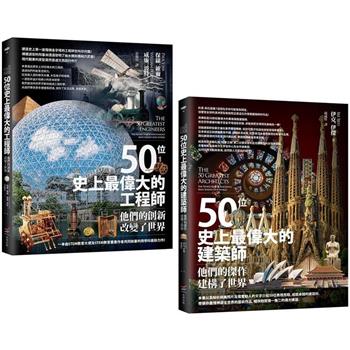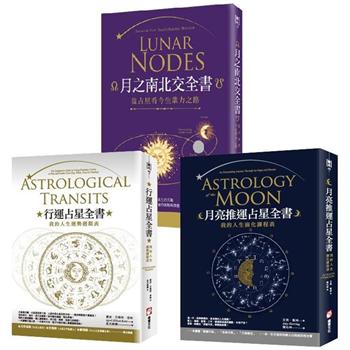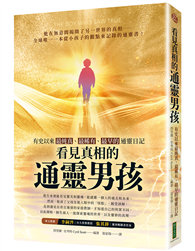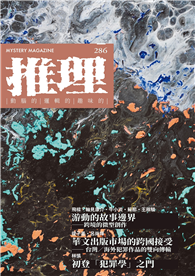| FindBook |
有 5 項符合
Taiwan Since Martial Law的圖書 |
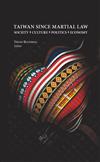 |
Taiwan Since Martial Law 出版社:國立臺灣大學出版中心 出版日期:2012-06-27 語言:繁體書 |
| 圖書選購 |
| 型式 | 價格 | 供應商 | 所屬目錄 | 二手書 |
$ 150 |
二手中文書 |
$ 660 |
中文書 |
$ 660 |
台灣研究 |
$ 675 |
教育學習 |
$ 713 |
大學出版品 |
|---|
| 圖書館借閱 |
| 國家圖書館 | 全國圖書書目資訊網 | 國立公共資訊圖書館 | 電子書服務平台 | MetaCat 跨館整合查詢 |
| 臺北市立圖書館 | 新北市立圖書館 | 基隆市公共圖書館 | 桃園市立圖書館 | 新竹縣公共圖書館 |
| 苗栗縣立圖書館 | 臺中市立圖書館 | 彰化縣公共圖書館 | 南投縣文化局 | 雲林縣公共圖書館 |
| 嘉義縣圖書館 | 臺南市立圖書館 | 高雄市立圖書館 | 屏東縣公共圖書館 | 宜蘭縣公共圖書館 |
| 花蓮縣文化局 | 臺東縣文化處 |
|
|
Taiwan Since Martial Law epitomizes the reinvigoration of cultural pluralism, which characterizes the dynamic processes of democratized Taiwan. With the lifting of martial law in 1987, people have awakened to their respective cultural identities and contributed to a sociopolitical renaissance strengthening the island's sense of national destiny and commitment to self-determination.
Nineteen chapters highlight Taiwan's social and cultural diversity and the complexities of its politics and economy. The preface by Bo Tedards depicts the avenues of Taiwan's democratization with his ‘trajectories’ of political alternatives. The opening chapter by the editor David Blundell traces his personal experiences during the martial law transition and his reflections on an emerging Taiwan “sense of place.” Pro-democracy activists organized to demand free elections, human rights, respect for local heritages, and environmental sustainability.
作者簡介:
EDITOR
David Blundell, doctorate in anthropology, University of California, has written articles and contributed to books on cultural resource management, visual anthropology, language and communication processes, and aesthetics. Since the 1980s, Dr Blundell has been teaching at National Taiwan University and National Chengchi University in Taipei. His previous edited volume Austronesian Taiwan: Linguistics, History, Ethnology, Prehistory (Berkeley 2000), revised as a 2nd edition in 2009. Prof Blundell’s forthcoming book is on the ethnography of communication: acquisition of language and knowledge.
Map of Taiwan…………………..… xi
Contributors (in chapter order)… xiii
Editor’s Note………………………. xxi
Foreword………………………….. xxv
Learning from the Past to Strengthen our Future…………… xxv
Safe C. F. Lin
Producing this Book………………………………………… xxvi
Eric H. Y. Yu
Centered on Time and Place………………………………… xxviii
Michael Buckland
Taking Ownership of the Timeline of History ………………xxx
Hsiang J...
- 出版社: 國立台灣大學出版中心 出版日期:2012-06-27 ISBN/ISSN:9789868805507
- 語言:繁體中文 裝訂方式:精裝 頁數:728頁
- 類別: 中文書> 社會科學> 文化研究
|

